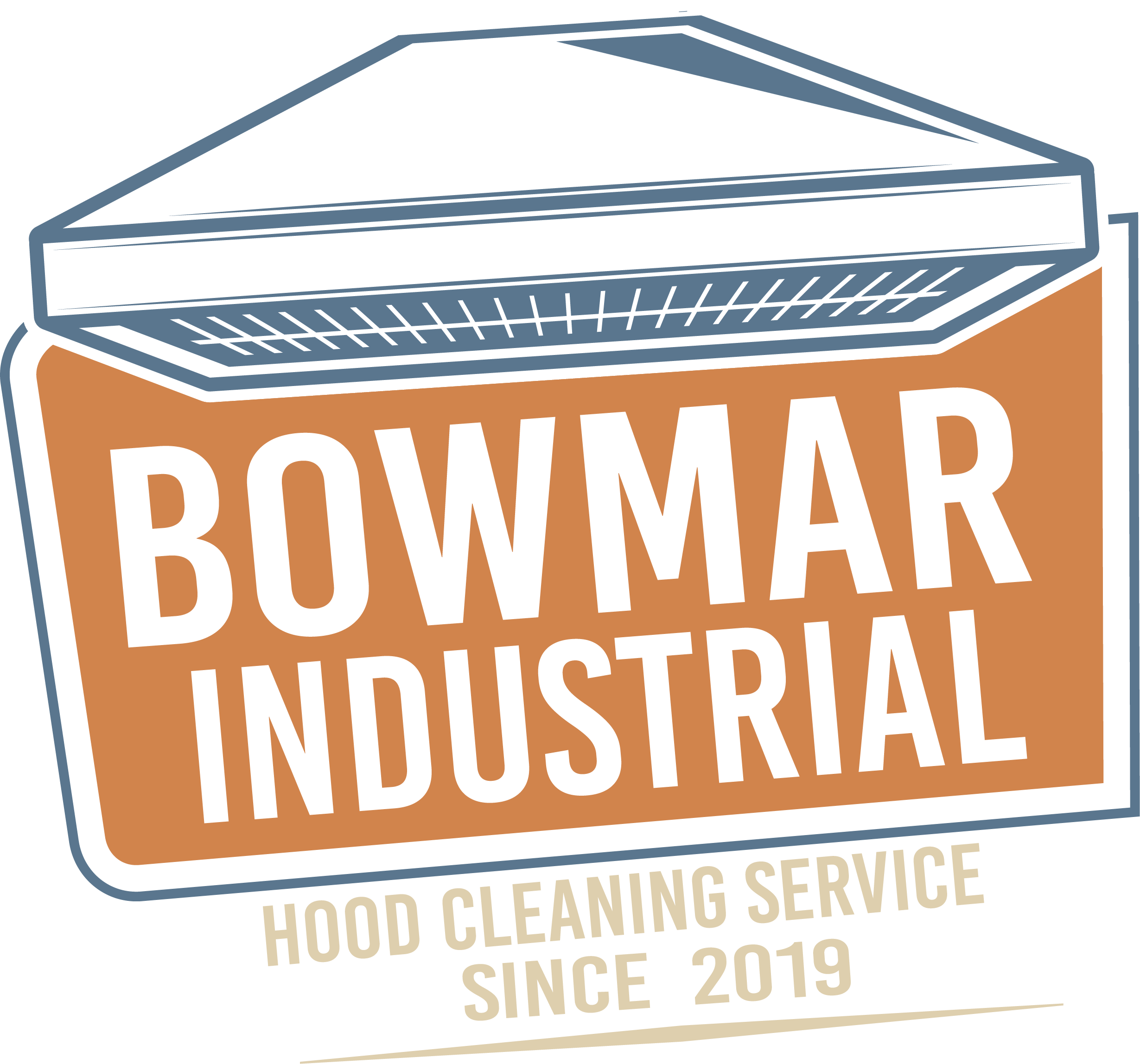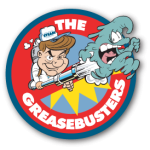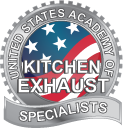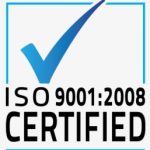Running a successful restaurant requires juggling countless responsibilities, from menu development to staff management. Yet one critical aspect that often gets overlooked can make or break your business: commercial kitchen hood cleaning. According to the National Fire Protection Association, failure to properly clean exhaust systems is the leading cause of restaurant fires, accounting for 22% of incidents.
This guide will walk you through commercial kitchen hood cleaning, from understanding the components to establishing a maintenance schedule that ensures compliance and safety.
Understanding Your Kitchen Exhaust System
Before discussing cleaning requirements, it’s essential to understand the components of your commercial kitchen exhaust system. Each element captures grease-laden vapors and removes them from your kitchen.
The Hood
The hood, or canopy, is the most visible component of your exhaust system. It is positioned above cooking equipment, where it captures heat, smoke, and grease particles before they spread throughout your kitchen. Modern hoods are designed with specific angles and depths to maximize capture efficiency while ensuring proper airflow.
Filters
Baffle filters are essential components of your exhaust system, trapping grease particles as air passes through. These stainless steel filters require regular cleaning or replacement to maintain effectiveness. For busy kitchens, Bowmar Industrial Services offers a filter exchange service that removes the inconvenience of cleaning in-house.
Ductwork
Ductwork hidden behind walls and ceilings channels contaminated air from the hood to the exhaust fan. Horizontal ducts prone to grease accumulation require special cleaning attention. The NFPA 96 standard requires accessible ductwork for inspection and cleaning through appropriately placed access panels.
Exhaust Fan
The roof exhaust fan creates the negative pressure that pulls air through the system. These fans operate continuously during cooking hours, making them susceptible to grease buildup that can reduce efficiency and create fire hazards. Professional-grade equipment like the DU50H 1/2HP Exhaust Upblast Fan or DU85H 3/4HP Upblast Fan ensures reliable performance when properly maintained.
The Science of Grease Accumulation
Understanding how grease accumulates in your exhaust system explains why regular cleaning is essential. When you cook, especially with high-temperature methods like grilling or frying, oils vaporize and mix with steam and smoke. As these vapors travel through your exhaust system, they cool and condense, depositing grease on every surface.
The accumulation rate depends on several factors:
Cooking Volume: High-volume operations generate more grease-laden vapors, leading to quicker buildup.
Cooking Methods: Charbroiling and wok cooking produce more grease than steaming or baking.
Oil Types: Different cooking oils have varying smoke points and viscosities, which affect how they accumulate in your system.
Temperature: Higher cooking temperatures create more vaporized grease.
This accumulation isn’t just unsightly; it’s highly flammable. Grease ignites at around 700°F, easily reached in a kitchen fire. Once ignited, they can rapidly spread through ductwork, potentially destroying your entire building.
NFPA 96 Cleaning Frequency Requirements
The National Fire Protection Association sets the commercial kitchen exhaust cleaning standard through NFPA 96. These are the basis for fire codes across the U.S., including Texas. Your cleaning frequency depends on your cooking volume and methods:
Monthly Cleaning
-
24-hour cooking operations
-
Charbroiling and high-volume operations
-
Cooking with solid fuel (wood or charcoal)
Quarterly Cleaning
-
High-volume operations (full-service restaurants)
-
Fast-food restaurants
-
Hotel and hospital kitchens
Semi-Annual Cleaning
-
Moderate-volume operations
-
Pizza shops and casual dining
-
Schools and employee cafeterias
Annual Cleaning
-
Low-volume operations
-
Churches and senior centers
-
Seasonal cooking operations
These frequencies represent minimum requirements. Many successful restaurants opt for more frequent cleanings to maintain optimal performance and reduce long-term costs.
The Professional Cleaning Process
Professional hood cleaning is a comprehensive process beyond what restaurant staff can accomplish with regular maintenance. Here’s what happens during a thorough cleaning:
Pre-Service Preparation
Certified technicians protect your kitchen equipment and surfaces with plastic sheeting. They shut down the exhaust system and ensure all pilot lights are extinguished for safety.
Filter Removal and Cleaning
Filters are removed and cleaned on-site using specialized equipment like a QQ1100 Soak Tank with QQ1600 Soak Systems DSC Concentrate, or exchanged with clean ones through a filter exchange program.
Hood Interior Cleaning
Technicians use specialized tools like the STINGER Variable Speed Duct Cleaners to clean the hood interior to bare metal. This equipment uses high-pressure hot water and degreasers to remove tough buildup.
Duct Cleaning
Professional equipment is essential. Tools like the STINGER 6″ Variable Speed Duct Cleaner navigate ductwork, removing unreachable grease. Access panels are opened for complete coverage.
Fan Cleaning and Maintenance
Roof-mounted fans require special attention. Technicians clean fan blades, housing, and motors while inspecting belts and bearings. Installing a DRIPLOC Grease Containment System manages grease runoff and protects your roof.
Final Inspection and Documentation
After cleaning, technicians conduct a thorough inspection and provide documentation, including before-and-after photos and a certificate of cleaning that meets insurance and fire marshal requirements.
DIY Maintenance Between Professional Cleanings
While professional cleaning is irreplaceable, regular maintenance by your staff extends your system’s life and reduces fire risk. Here’s what your team should do:
Daily Tasks
-
Wipe down hood surfaces with degreaser.
-
Empty and clean grease containers.
-
Check that filters are properly seated.
-
Ensure fire suppression nozzles are not blocked.
Weekly Tasks
-
Deep clean filters unless using an exchange service.
-
Clean accessible duct surfaces.
-
Inspect fan operation from ground level.
-
Document any issues or concerns.
Monthly Tasks
-
Inspect the roof fan and grease containment.
-
Check access panel seals.
-
Review cleaning documentation.
-
Schedule professional service as necessary.
Having the right tools makes maintenance easier. GRIPLOC SUPER Magnets secure cleaning equipment, and T-Spray Nozzles help staff reach challenging areas.
Recognizing When You Need Urgent Cleaning
Sometimes your system needs cleaning before the scheduled service. Watch for these indicators:
Visible Grease Buildup: If you see grease dripping from hood seams or pooling on filters, cleaning is necessary.
Reduced Airflow: If smoke lingers in your kitchen instead of being exhausted, your system is clogged with grease.
Unusual Odors: Rancid grease emits distinctive odors that indicate hazardous buildup.
Flash Fires: Even small flare-ups in your hood indicate excessive grease accumulation.
Inspector Warnings: If a fire marshal or insurance inspector notes concerns, address them promptly.
Choosing the Right Cleaning Service
Not all hood cleaning services are equal. When selecting a provider, consider:
Certification: Look for companies with IKECA (International Kitchen Exhaust Cleaning Association) or similar certifications. These organizations ensure technicians understand NFPA 96 requirements and proper cleaning techniques.
Insurance: Verify that the company has suitable liability and workers’ compensation coverage.
Equipment: Professional services should use specialized equipment, not just pressure washers. Inquire about their cleaning methods and tools.
Documentation: Ensure they provide detailed reports with photos and certificates that meet regulatory requirements.
Experience: Companies serving high-profile clients like stadiums and resorts uphold higher standards.
Additional Services: Many operators prefer companies that manage fire extinguisher service and other kitchen safety needs.
Cost Considerations and ROI
Professional hood cleaning costs vary based on system size and complexity, typically ranging from $400 to $800 per service for average restaurants. While this may seem costly, consider the alternatives:
Fire Damage: The average restaurant fire causes $23,000 in damage, excluding lost revenue during repairs.
Insurance Issues: Inadequate cleaning can void coverage, leaving you liable for damages.
Equipment Lifespan: Clean systems operate more efficiently and last longer than neglected ones.
Energy Costs: Grease-clogged fans work harder, increasing electricity consumption by up to 30%.
Compliance Fines: Fire code violations can lead to immediate closure and daily fines until resolved.
The Future of Kitchen Exhaust Maintenance
The industry is evolving with new technologies and stricter regulations. Upcoming trends include:
IoT Monitoring: Smart sensors track grease accumulation and notify operators when cleaning is needed.
Eco-Friendly Cleaning: Advanced degreasers and water reclamation systems minimize environmental impact.
Predictive Maintenance: Data analytics optimize cleaning schedules based on real accumulation rates.
Enhanced Documentation: Digital reporting with real-time updates and cloud storage for compliance records.
Taking Action
Don’t neglect your commercial kitchen hood system. It’s too important. Whether you’re opening a new restaurant or evaluating your current maintenance program, ensure you meet all requirements.
Assess your cleaning schedule against NFPA 96 requirements, review your documentation for insurance and regulatory compliance, and collaborate with a professional service that understands commercial kitchen exhaust cleaning.
Bowmar Industrial Services offers comprehensive hood cleaning for Texas restaurant owners, aligned with NFPA standards. Their IKECA-certified technicians service kitchens across Austin and San Antonio, from food trucks to major venues. Contact them at (512) 861-5841 to discuss your kitchen exhaust maintenance needs and ensure your restaurant remains safe, compliant, and profitable.




